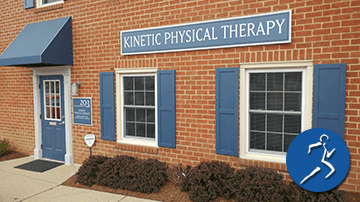
You might think that “muscle relaxers” do, in fact, relax your muscles. The truth is, they don’t have anything to do with muscle tissue. They work on the central nervous system and cause general sedation. With that in mind, if you’re having problems with muscle spasms and your doctor has prescribed these pills, there are a few things you should know.
Muscle Relaxers are Only a Short-Term Solution
There are plenty of side-effects to watch out for with these powerful drugs, but the most serious continue to be… Addiction, Overdose, and Death. These highly addictive muscle relaxers should never be prescribed for more than two-three weeks, preferably for shorter periods. The risk of addiction is so high with muscle relaxers that it outweighs any potential benefit, especially after a few weeks.
Try Other Forms of Treatment First
Before you start a muscle relaxer course, ask your doctor about other treatment options that you can try first. Often, stretching and specific exercises used in physical therapy can eliminate the problems with muscle spasms. Your physical therapist has a deep understanding of how your muscles interact with each other. They can help you find relief naturally and effectively and help promote healing.
Other holistic approaches include relaxation and breathing exercises and applying heat through a heating pad or moist heat at your physical therapist’s office. Getting a massage may be especially helpful at targeting muscle tissue. These treatment options are healthier, and honestly, more likely to work on targeted areas.
Muscle Relaxers are not Pain Relievers
This is another common misconception. Muscle relaxers work on the central nervous system and create a sedative action or stop your nervous system from allowing pain signals to reach your brain.
Rather than taking prescription pain relievers in combination with muscle relaxers, use your over-the-counter pain relievers of choice, such as acetaminophen, ibuprofen, and naproxen. These are as effective in reducing muscle pain and are safer to take than muscle relaxers.
Precautions with Muscle Relaxers
Suppose you decide with your doctor to use muscle relaxers. In that case, you need to be aware of and understand the side effects that may occur. Muscle relaxers will have an immediate impact on you and will be effective from four to six hours, typically.
When taken alone, you may experience any or all of the following side effects:
- Dizziness
- Drowsiness
- Decreased Blood Pressure
- Dry Mouth
- Agitation
- Irritability
- Nervousness
- Headache
Side effects change and become more prominent and dangerous when you combine other drugs or alcohol with muscle relaxers. These combinations can be a deadly proposition and should be avoided.
What to Do If You Have Muscle Pain and Spasms
To recap, ask your doctor about seeing your physical therapist to discuss treatment if you’re having pain or spasms in your muscles. Your physical therapist will know how to help you stretch and do the light exercise necessary to relieve pain and help your muscle tissue be more functional.
At Kinetic Physical Therapy, we strive to care for our patients and provide the appropriate services they need to relieve muscle pain and spasms. We take COVID-19 precautions seriously and adhere to all protocols for your safety. If you have concerns, please contact us to book your appointment and learn about the policies we have in place to protect you.


